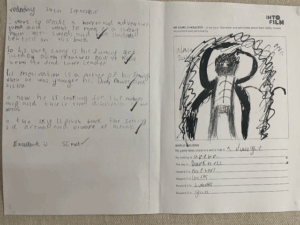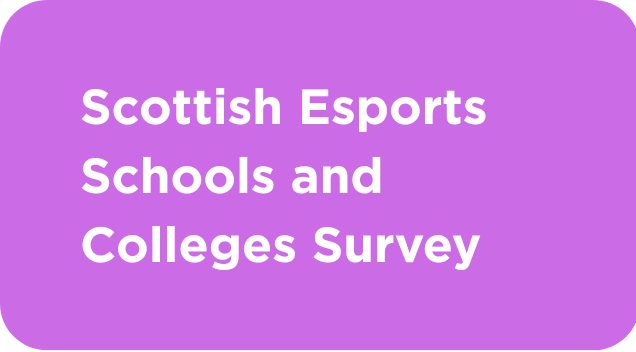This blog is a summary of Mary Flanagan’s book Critical Play; Radical Game Design. This was recommended by Dr Tom Brock, who is a Senior Lecturer in Sociology at Manchester Met, after he spoke at the recent Scottish Esports Conference 2024. With the book on order, it was only possible to access the first chapter on Google Scholar. This post is a summary of those initial points but are subject to change with further reading.
Flanagan starts off by identifying games as “a significant cultural medium across a wider range of social, economic, game and gender categories” that are still new and not as valuable as other forms of play. These points might be useful to consider games as art, as media and as play.
Defining games
For a definition of games, Flanagan refers to Salen and Zimmerman’s (2003) definition of games as an artificial system with player, rules and a quantifiable outcome or goal. The artificiality of games aligns with Tina Bruce’s ‘12 features of play’ (2020) as ‘possible, alternative, imagined worlds which involve ‘supposing’ and ‘as if’ situations.’
In addition to these features, Flanagan refers to Greg Costikyan (1994) who says that while ‘stories are inherently linear’ and games are ‘inherently non-linear’ the more a game is story-driven then the more linear and less of a game it becomes. This distinction on linearity would separate games from other media, such as books, film and music in most cases.
Are games play?
However, the requirement for outcomes puts games at adds with the Scottish Government’s National Play Strategy and another of Bruce’s ‘features of play’.
The Scottish Government defines play as ‘freely chosen, personally directed and intrinsically motivated. It is performed for no external goal or reward’ (2013). Bruce also makes this distinction between play and games as play does not have ‘externally imposed rules, goals, tasks or a definite direction’ (2020).
Agreeing that games and play are distinct, there are still valuable similarities worth exploring. Both play and games include their being ‘freely chosen, personally directed’ (Scottish Government, 2013) and being ‘not-work’ and ‘diversionary activities’ (Flanagan, 2009). Flanagan states that games can ‘create cognitive and epistemological environments that position the player or participant with the experiences [of play] in meaningful ways’ (2009). Similarly, Bruce identifies that play “helps children to function in advance of what they can actually do in their real lives. They can drive a car, perform a heart operation, be a shop keeper.” (2020)
Are games art?
Might games be considered art? Flanagan considers games may be ‘outlets for creative expression, conceptual thinkings or to examine or work through social issues?’ There are similarities between this and another of Bruce’s features of play: “Play is about wallowing in ideas, feelings and relationships and the prowess of the physical body. It helps the process of becoming aware of self in relation to others and the universe. It brings unity and interconnectedness” (2020).
As well as ‘playing’ games, Flanagan also explores the concept of ‘making for making’s sake’ to distinguish being creative with games from the commercial development that is traditional games design. She considers that games can be ‘a medium of expression but using elements common to games as the materials.’ In his book, The Element, Ken Robinson states that creativity can be thought of as “a conversation between what we’re trying to figure out and the media we are using” (2009). For Robinson it is impossible to separate the idea from the medium because creativity is “about making things […] it always involves using media of some sort to develop ideas” (2009).
Conclusion
In conclusion, games should be considered distinct from play. This does not devalue their cultural significance – there are many similarities between games and play and we should explore these. Indeed, we may want to explore games as a medium through which to explore ideas, of ourselves, others and the world around us. Realising the Ambition (Education Scotland, 2020) states that:
The experiences and spaces for play we facilitate for the children should reflect the children’s ideas, aspirations, curiosities and next steps in their learning. It is through play that children learn about themselves and make sense of the world around them.
In this sense we should certainly encourage games as part of their learning.























 Subscribe to DigiLearnScot on YouTube
Subscribe to DigiLearnScot on YouTube




You must be logged in to post a comment.